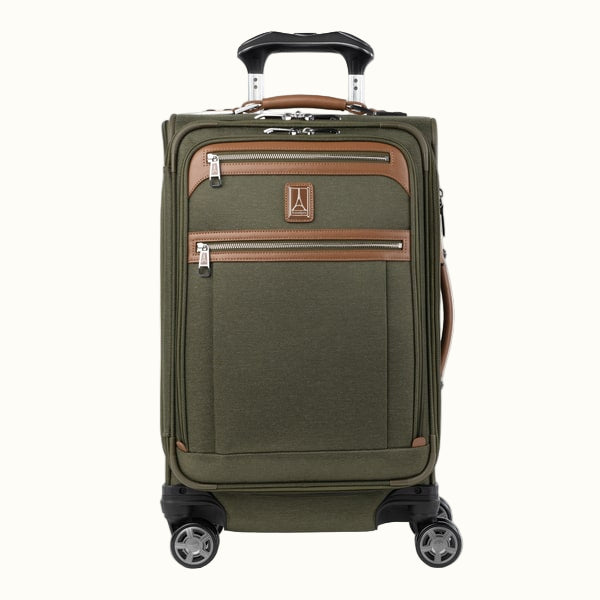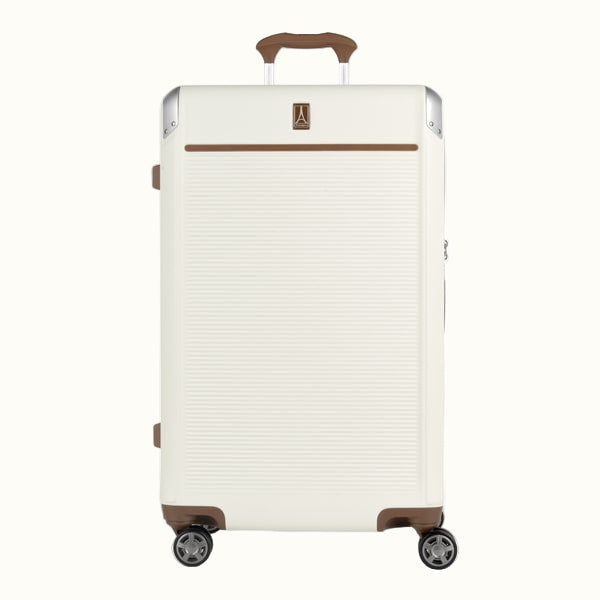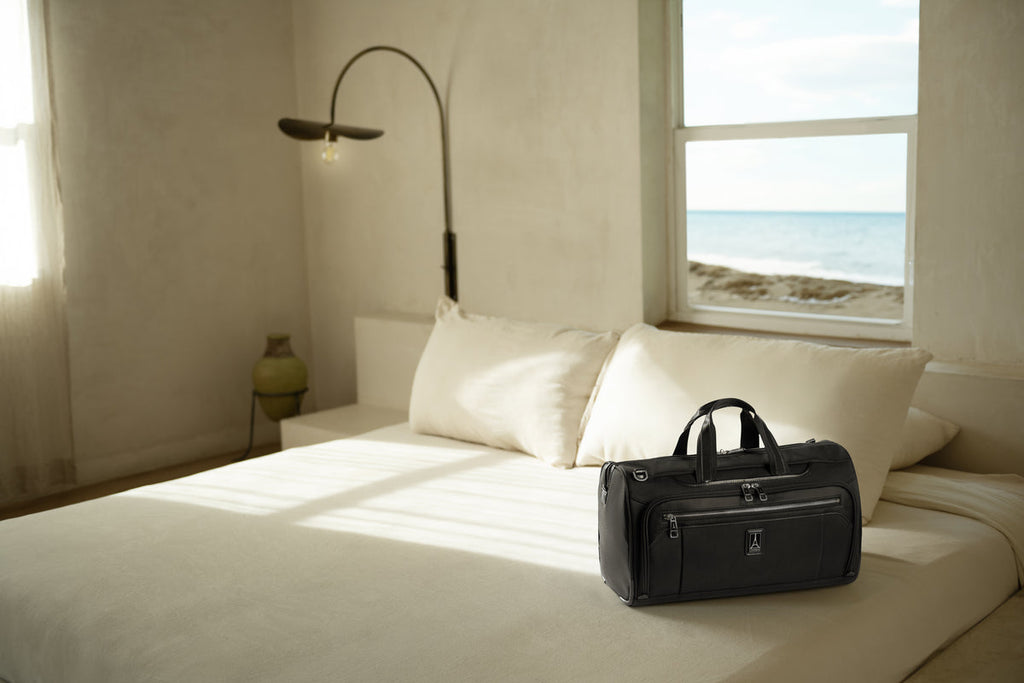Flexible and versatile, duffel bags can make packing and traveling easier. Using a duffle bag as a carry-on is a great idea if you know how to do it right. If you don’t, you could end up gate-checking your bag, damaging items packed, or becoming frustrated with your luggage choice. Before you pack yours, here is all you need to know about bringing a duffel bag as a carry-on:
Basic Requirements for Using Duffle Bags as a Carry On
When deciding whether you can bring a duffel bag as a carry-on bag for your next trip, be sure you know the limitations as well as the versatility a duffel can offer. Think about how you pack, what you pack, and where you're going to decide if a duffle is the right carry on luggage for you.
- Size Limit – An appropriately sized duffel bag can easily fit in a smaller space in the overhead bin or under the seat in front of you on an aircraft
- Carrying Style – Using the top handles or a shoulder strap gives you carrying options
- Durability – Duffels constructed with durable materials and strong zippers should hold up to substantial travel
- Weight Factors – Duffel bags are typically lighter than rolling bags
- Pockets and Compartments – Duffels that have pockets and compartments built in make it easier to pack
Choosing the Right Duffle Bag Size: Liters and Measurements
Forty liters is the limit for how many liters a duffel bag for carry on can be. Because they are soft-sided, duffel bags are often measured by how many liters of volume they hold, rather than how they measure up in inches.
Choosing the right bag means ensuring it will fit in the overhead space without issues. By picking the right volume, you can manipulate the duffel bag by squeezing one side so it fits into the space even better than a hard-sided suitcase of the same volume. Minimize the risk of incurring checked baggage fees by ensuring that your bag fits within the 22x14x9 inch parameters and is under 40 liters. Check out the great deals on Travelpro® duffel bags that fit these requirements.
Downsides of using a duffle bag as a carry on
Ultimately, you can bring a duffel bag as a carry-on, but know its limitations. A different type of carry on might be a better choice if a duffel bag isn’t for you.
- Lack of Structure – Your duffel bag won’t have the rigid structure and support of traditional suitcases, which can make them a bit more difficult to maneuver. Overpacking or packing heavy items can make it bulky and hard to handle.
- One Big Compartment – One big compartment makes packing simple, but items can get mixed up or move around as you travel. Packing organizers, like packing cubes will help keep everything in place.
- No Hard Sides – The soft fabric of a duffel bag is great for squeezing into tight spaces but not ideal for packing fragile items.
- Minimal Security – Many carry-on suitcases have built-in TSA-approved locks. Duffel bags usually don't have this kind of added security. Even if you add a lock, get a duffel with strong exterior fabric to help prevent tampering when not in your possession.
- Not Waterproof – Duffels are made of fabric, so dashing through the rain to catch a ride may result in soaked belongings - unless they are water-resistant.
When looking for the best carry on, a duffel bag may be perfect for your needs – especially for shorter trips. They offer loads of versatility and fit easily in most spaces. To really make the best of your duffel, learn how to pack to maximize space, and how to best pack a carry on.





